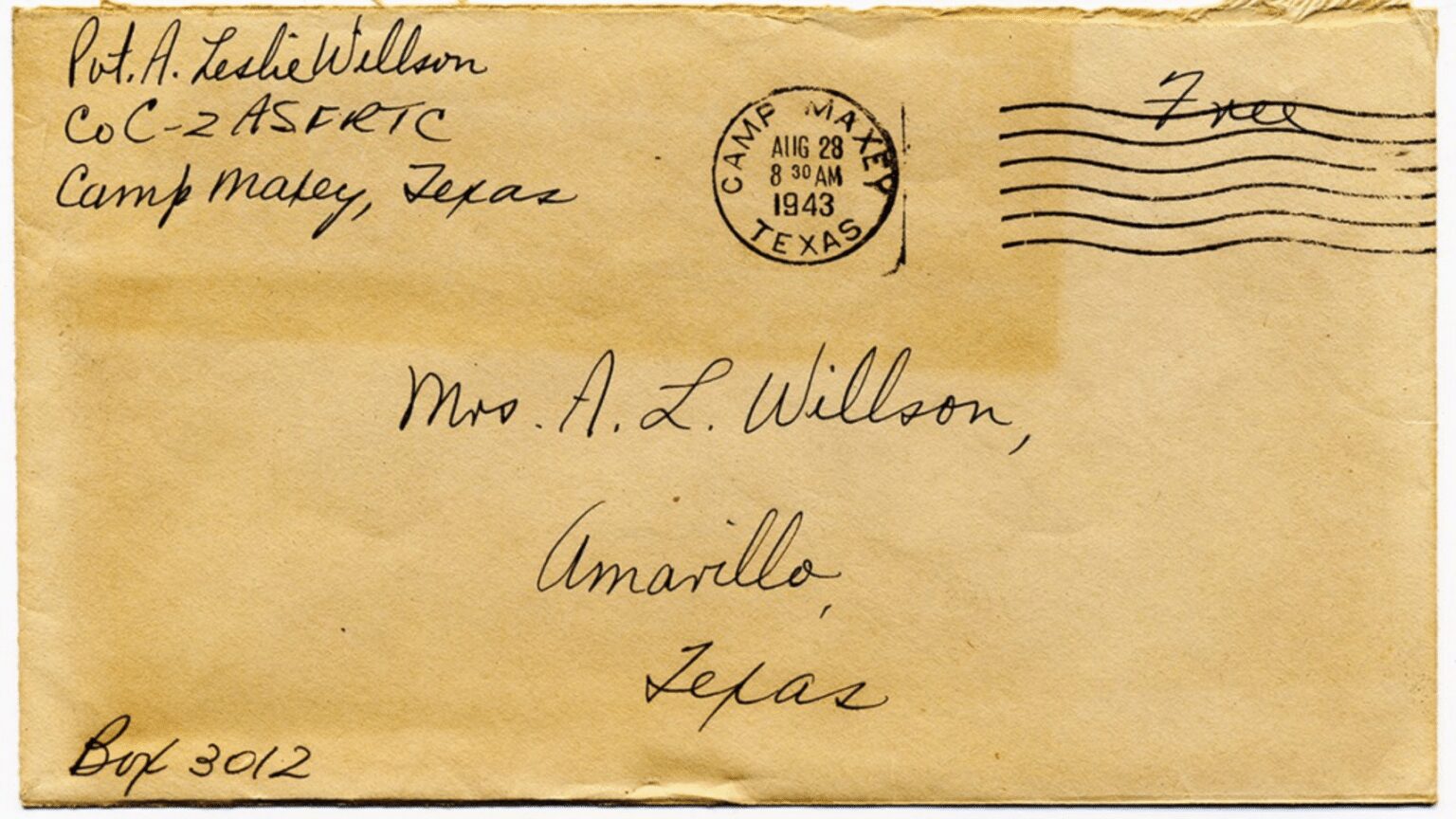It’s the year 1953.
A boy, aged 21, runs to the post office, buying a stamp for 6 Annas, filling in the details of the inland letters card encasing letters he wrote to his future wife, his parents arranged with all the emotions he’s always hidden in society, yet the letter says otherwise.
He’s also attached a rose from his garden. It took him hours to write as he had to dip in ink multiple times, wracking his brain with all the words he could muster in a language that screams love.
He ends the letter with a Shayari and his favourite song by Mohammed Rafi, which he heard on repeat this week, imagining her.

Meanwhile, Pandit Jawaharlal Nehru woke up from his 4-hour sleep schedule, leading our Independent India with grace and wisdom.
He’s a force to be reckoned with and is randomly sitting under the sun tasting freedom; our fighters have been dreaming with open eyes since the mutiny of 1857.
He’s written a letter as a reply to Indira Gandhi, as he reads her previous letter, understanding all that she wants him to listen to when it comes to solving a moral dilemma she finds herself in.
She’s confused between right and wrong, asking her counsellor-her father for help.
Nehru posted his reply and sent his letter patiently, waiting for her to receive it.
It’s now a waiting game.
In the 1950s and ’70s, a Chivalric Era was manifesting in Hindi and regional languages as one which isn’t simply a concoction of words; instead, it’s an eloquent expression of the emotions we harbour in our hearts.
Letters are sent, an inland letter card for day-to-day communication and a postcard for urgent notices. It’s a busy day at the post office.
It’s been more than a decade since then, as trunk calls, telephones, and SMS services began evolving later to WhatsApp, with closing letters in a trunk box lying in your attic labelled as “forgotten art.“
Let’s categorise people around us—ones raised in the digital age—who haven’t heard of handwritten letters.
In our mid-twenties, we know the process might have done it once, but we did write to our classmates and fictional friends in our grammar class, and lastly, to the one who lived in a timeless era of handwritten letters.

Here’s a sneak peek.
For all our curious minds out there, take a step back to the 1980s.
Here’s how you post a letter: Two options for writing a letter An inland letter card and a postcard The postcard, or “Taar”, as my parents tell me, was for urgent notices.
Receiving it was synonymous with bad news. The inland letter card, coloured blue, came with three flaps to become the envelope.
Concealing the envelope with the letter with the relevant sender and receiver addresses followed by the stamp You can now post it in the red letterboxes that people see on every street corner.
Post the letter and wait 4-5 working days, depending on the pin code, for the addressed person to read your letter and another 4-5 days to acknowledge the response as you receive it.
Post the letter and wait 4-5 working days, depending on the pin code, for the addressed person to read your letter and another 4-5 days to acknowledge the response as you receive it.
Postcards came in two main categories: single and reply postcards. Other varieties of postcards include Printed Post Cards and Megh-Doot Post Cards.
Fun Fact- Postcard was only commissioned in India.
Post letters to your loved ones (:) or reminisce about the era with your parents and grandparents.
Remember the boy we started off the story with?
That’s my version of the romance between my incurable romantic grandparents.













